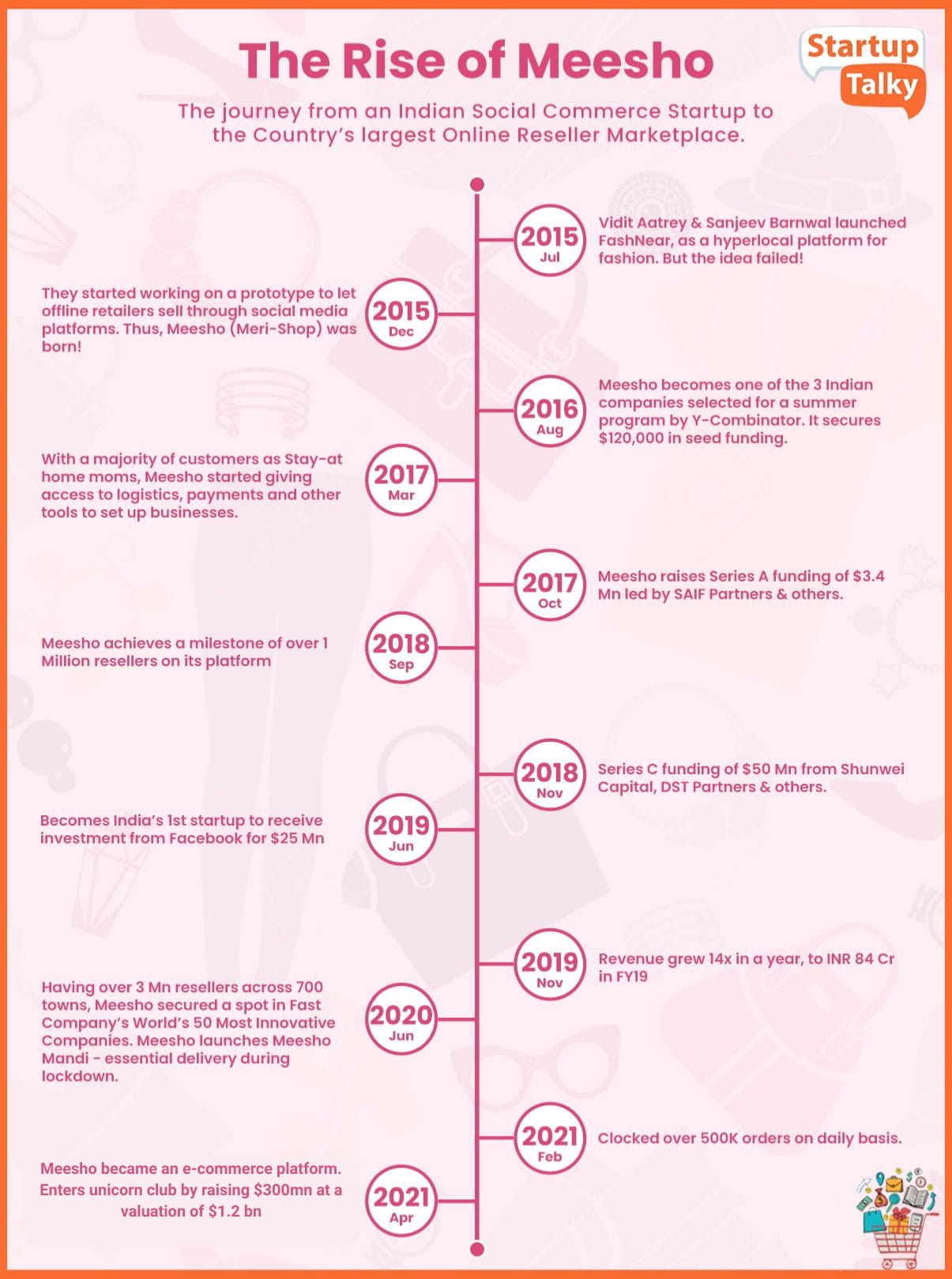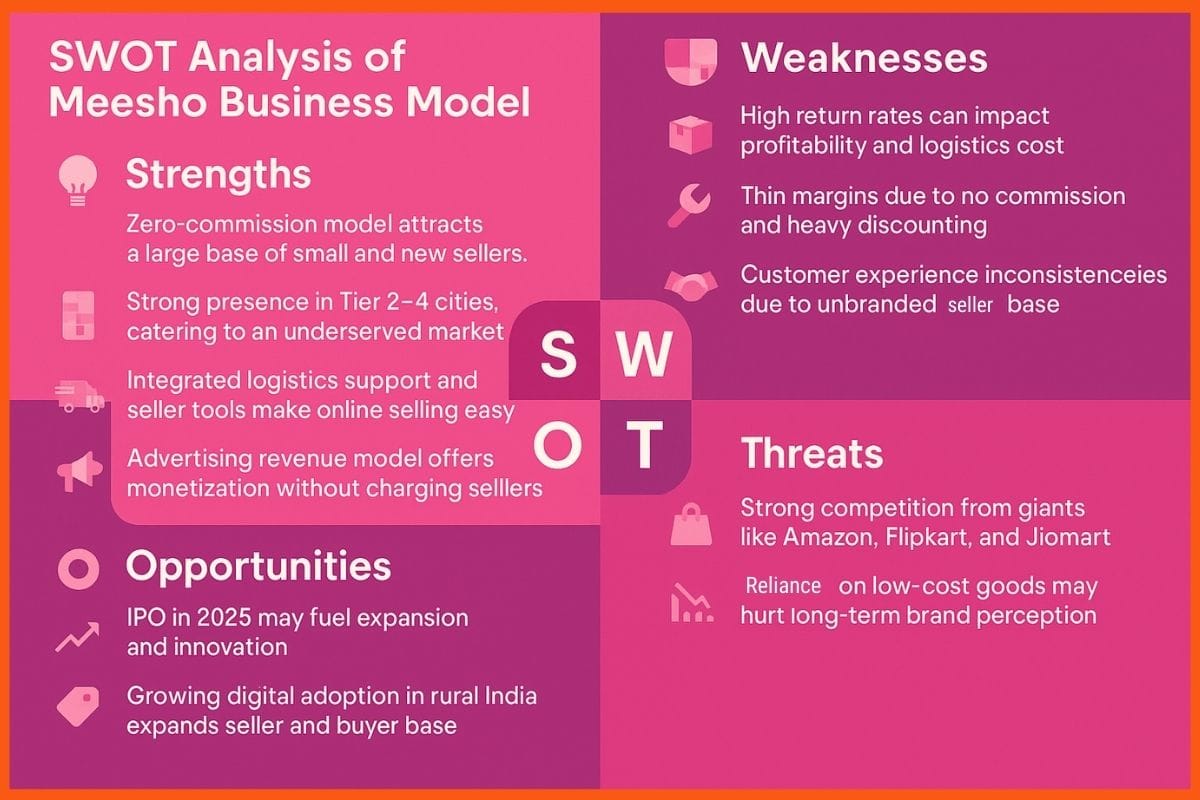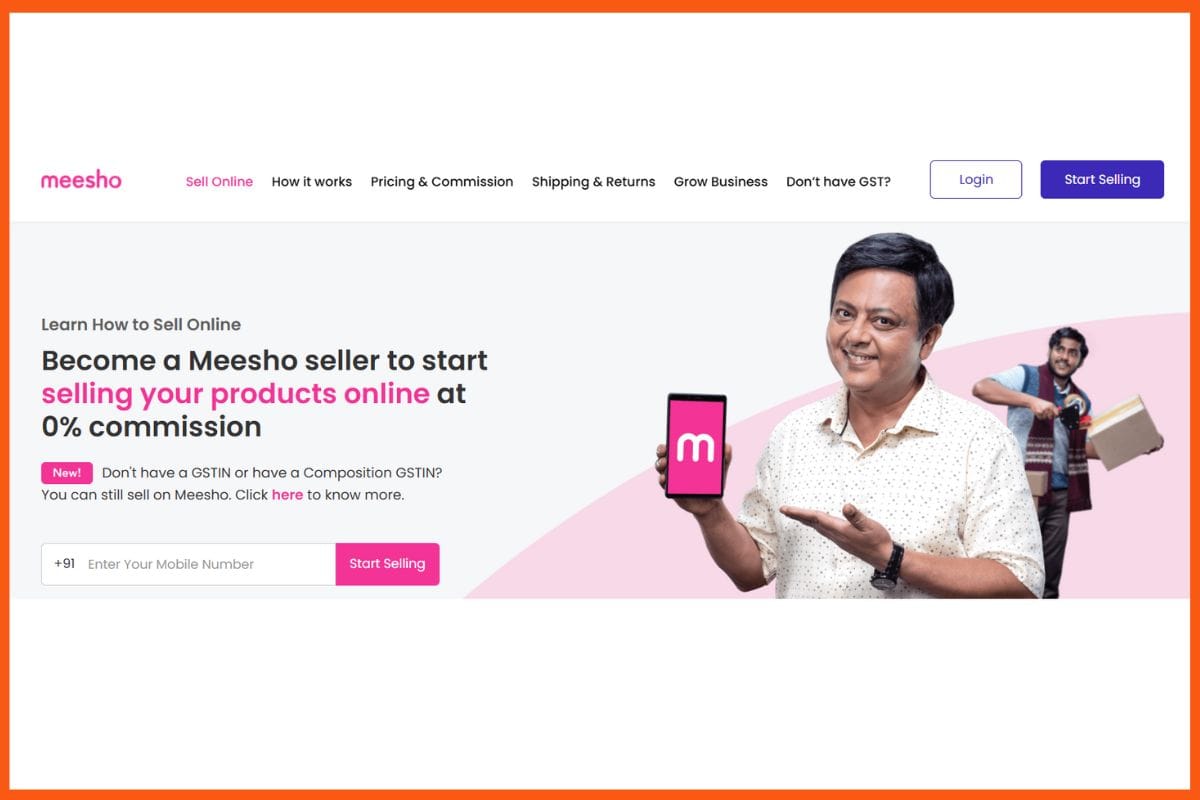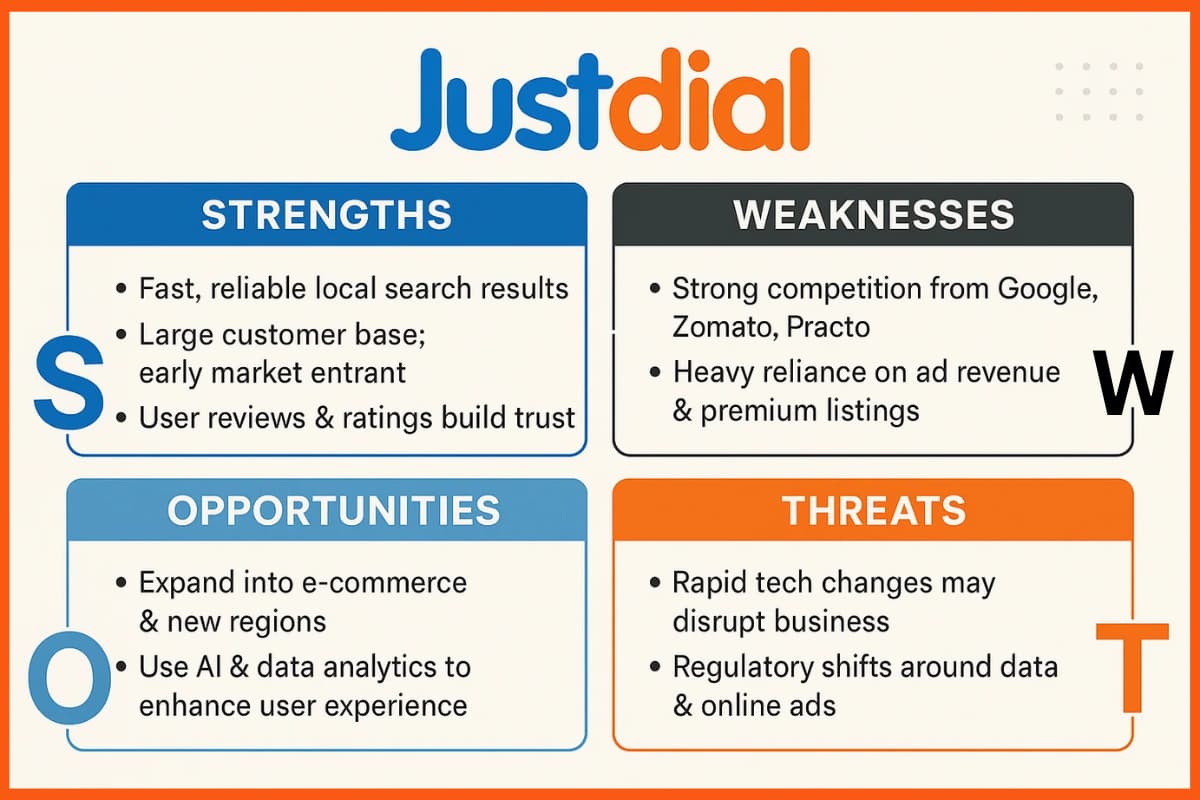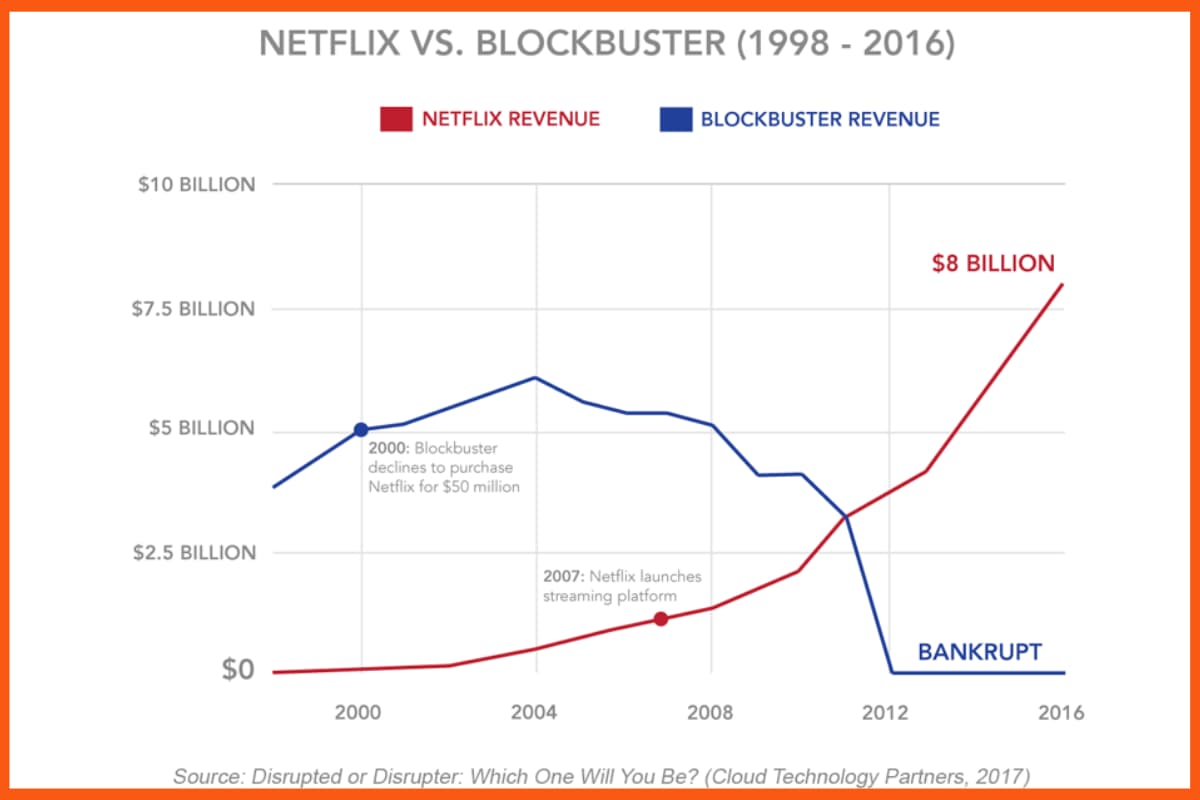In the fiercely competitive world of food delivery, Domino’s Pizza stands out as a global leader, not just for its cheesy slices but for its smart marketing gimmicks. While many fast-food brands focus solely on flavours or pricing, Domino’s has built an empire by mastering customer convenience and branding.
Domino’s Pizza recorded a global revenue of $4.71 billion in 2024, a modest increase from the previous year. The company’s revenue has tripled since 2006, highlighting its steady growth and global dominance in the pizza industry.
Whether it’s their 30-minute delivery guarantee, app-driven ordering systems, or regional menu innovation, every piece of their marketing strategy is designed with precision and purpose. This article breaks down Domino’s complete marketing strategy, innovations, and branding tactics that turned a small pizza store in Michigan into the world’s largest pizza company.
From DomiNick’s to Domino’s: The Rise of a Pizza Empire
Domino’s Marketing Mix Strategies
Domino’s Digital & Social Media Marketing Strategy
From DomiNick’s to Domino’s: The Rise of a Pizza Empire

Back in 1960, Domino’s was just a small pizza shop in Michigan called DomiNick’s, run by two brothers, Tom and James Monaghan. Little did they know, their small venture would soon become Domino’s, a global powerhouse rewriting the rules of pizza delivery.
The secret? Speed, simplicity, and an unbeatable promise. Introducing Domino’s legendary “30-minute delivery guarantee” was not just a catchphrase; it was a game-changer.
With a relentless focus on fast service, affordability, and consistency, new stores opened like mushrooms after a rain. Moreover, Domino’s digital marketing strategy extends its marketing strategies beyond traditional marketing. Eventually, Domino’s became the darling of not only Equals but also of the national palate, then it went global, where the world could savour Domino’s pizza one by one.
Today, Domino’s reigns as a pizza titan, with a staggering 17,000+ stores spanning 90+ countries, making it one of the world’s largest and most recognizable pizza empires.

Domino’s Marketing Mix Strategies

In order to understand Domino’s positioning strategy, we need to examine how each pillar of their marketing mix caters to buyer personas:
Product: Local Flavours, Familiar Comfort
To cater to the Indian palate, Domino’s has localized its menu with flavours that strike the perfect balance between global and desi.
- Signature offerings like Paneer Makhani, Peppy Paneer, and Chicken Tikka cater to local taste preferences.
- A strong focus on vegetarian options supports India’s dietary preferences, appealing to a wide demographic.
- Regular product innovation, like Taco Mexicana, Pizza Mania range, and Cheese Burst Crust, keeps the menu fresh and exciting.
- Add-ons like Choco Lava Cake and Garlic Breadsticks complete the meal experience and boost order values.
Price: Affordable Indulgence for All

Domino’s has strategically positioned itself as a value-for-money brand, making pizza accessible across income segments.
- Get 2 regular pizzas INR 99 each draws in price-sensitive customers.
- Aggressive discounting strategies, such as BOGO offers, Everyday Value Meals, and app-only deals, drive order volume and repeat sales.
Place: Presence Where It Matters
With nearly 80% of its stores located in tier-1 cities and metros, Domino’s smartly positions itself close to its biggest consumer group, urban youth.
But it doesn’t stop at physical outlets. Domino’s ensures seamless access through:
- In-store dining
- Website ordering
- A robust mobile app
- Integration with food delivery platforms (in some markets)
This omnichannel approach ensures convenience at every step of the buyer journey.
Promotion: Fun, Fast & Festival-Ready
Domino’s promotional game is vibrant, youthful, and occasion-driven, aimed at staying relevant to its primary audience, millennials and Gen Z.
Key Promotion Strategies:

- TV commercials and YouTube ads feature catchy jingles and relatable humour.
- Social media campaigns that leverage current trends, memes, influencer collaborations, and real-time marketing.
- Association with sports events like the IPL, where Domino’s positions itself as the go-to snack during matches.
- Seasonal promotions during festivals like Diwali, Rakhi, Eid, and Christmas, with themed offers and special combo deals.
- Engaging push notifications and in-app promotions drive repeat engagement and app usage.
In 2024, Domino’s ran a successful “Cricket Mania Combo” campaign during the T20 World Cup, which boosted app engagement by over 30%.
The Power of Localization
At the heart of Domino’s marketing mix lies its localization strategy. From tweaking recipes and adjusting pricing to aligning promotional content with regional sentiments, Domino’s ensures it speaks the language of its market, literally and culturally.
This deep localization is why Domino’s resonates with customers in over 90 countries, with India standing as its largest international market by store count.
Key Buyer Personas of Domino’s
Students
Domino’s primarily targets college and school students, forming a huge chunk of Domino’s loyal base. Why? Because students want:
- Quick bites between classes
- Budget-friendly meal combos
- Easy ordering via app or website
Families
Domino’s positions itself as the go-to pizza destination for family meals and weekend treats.
- Larger pizzas and family-size combos offer value for group dining
- Special kids’ meals and side dishes like garlic bread or desserts add variety for everyone
- Easy home delivery means families can skip cooking without compromising on taste
Young Professionals
Busy professionals juggling work and personal life love Domino’s for one big reason: it saves time.
- Hassle-free ordering on the go via app or website
- Reliable service for lunch breaks, work-from-home meals, or post-office hunger pangs
Party Hosts
Domino’s is also a top choice for anyone hosting:
- House parties
- Game nights
- Birthday celebrations
- Weekend gatherings
Domino’s makes feeding a crowd easy, affordable, and satisfying with party packs, group combos, and custom offers.
Domino’s Digital & Social Media Marketing Strategy
From tweets to treats, Domino’s marketing strategy is as sharp as their 30-minute delivery promise, always on time, always on point.
YouTube
Domino’s India slays YouTube with catchy campaigns like “Pizza! Pizza!” Their ads are fun, relatable, and filled with humour, desi vibes, and songs that stick.
In addition, Domino’s engages viewers with:
- Pizza challenges & contests
- Stories from real celebrations
- Creative campaigns like “Fastest pizza maker”
On Instagram, Domino’s blends aesthetic visuals with interactive content:
- High-quality shots of cheesy, drool-worthy pizzas
- Fun polls, caption contests, and giveaways
- Real-time kitchen sneak peeks via Stories
- Trendy Reels using memes and viral formats
They make you feel like a part of the #DominosFam, keeping fans engaged and hungry for more.
Domino’s uses Facebook to connect with a broader audience by:
- Showcasing new menu items
- Running interactive contests and polls
- Sharing customer reviews and feedback
- Campaigns like “Think Oven”, where fans contributed topping ideas
Twitter is Domino’s playground for real-time conversations. Here’s how they use it:
- Announce new launches & deals
- Share memes, GIFs & jokes to stay trendy
- Respond to customer complaints within minutes
- Add a dash of humour to their customer service
SEO
Domino’s ensures you find them the moment cravings hit:
- Uses keywords like “pizza delivery near me,” “best pizza,” or “Domino’s [city name]”
- Optimizes local store pages for mobile searches
- Offers a seamless order experience from search to checkout
Email Marketing
Domino’s leverages email campaigns to stay in touch with customers, offering:
- Personalized deals based on past orders
- Limited-time discounts and festive offers
- New product launches and combo announcements
- Direct call-to-action (CTA) buttons to drive quick orders
6 Top-notch Marketing Lessons to Learn from Domino’s
The innovative approach Domino’s takes to marketing serves as an example of creativity and customer-centricity rarely seen in marketing strategies. There are six key lessons that marketers can learn from Domino’s marketing strategy:
- Convenience is Non-Negotiable: Domino’s built its empire on hassle-free service, fast deliveries, easy app navigation, and a seamless ordering experience. They know that in today’s world, convenience wins customers.
- Tech-Driven Innovation: Domino’s integrates tech to boost transparency and enhance the customer journey from AI-powered chatbots to real-time GPS delivery tracking.
- Customer Comes First: Feedback fuels Domino’s growth. Their marketing is shaped around real customer insights, ensuring every product, offer, and update hits the mark.
- Iconic Brand Identity: Domino’s branding is instantly recognizable, from the red-and-blue logo to catchy jingles. Consistent visuals and messaging have made them top of mind in a crowded market.
- Think Global, Act Local: Whether it’s chicken tikka in India or pepperoni in the US, Domino’s adapts to local tastes without diluting its global brand essence.
- Quality is the Cornerstone: Their vertically integrated supply chain ensures consistent taste and quality. Domino’s proves that operational excellence supports long-term brand trust.
Conclusion
Domino’s success in India is a textbook example of how brands can win by localizing mission-critical strategies to fit unique cultural preferences. From customizing the menu with desi flavours to delivering on its iconic 30-minute promise, Domino’s has built deep customer trust and recall.
At the heart of its growth lies a local-first approach, backed by constant menu innovation, strong brand familiarity, consistent quality, global credibility, tech-led convenience, and buzz-worthy promotions. By staying agile and customer-focused, Domino’s continues to satisfy evolving tastes while strengthening its position as the go-to pizza brand across India and the globe.

FAQs
When did Domino’s open in India?
Domino’s entered India in 1996.
Where was the first Domino’s Pizza store in India?
The first Domino’s Pizza store was opened in New Delhi.
What is domino’s unique selling point?
Domino’s unique selling proposition, “Fresh hot pizza delivered in 30 minutes or it’s free,” effectively established customer trust and became a key part of their brand identity.



